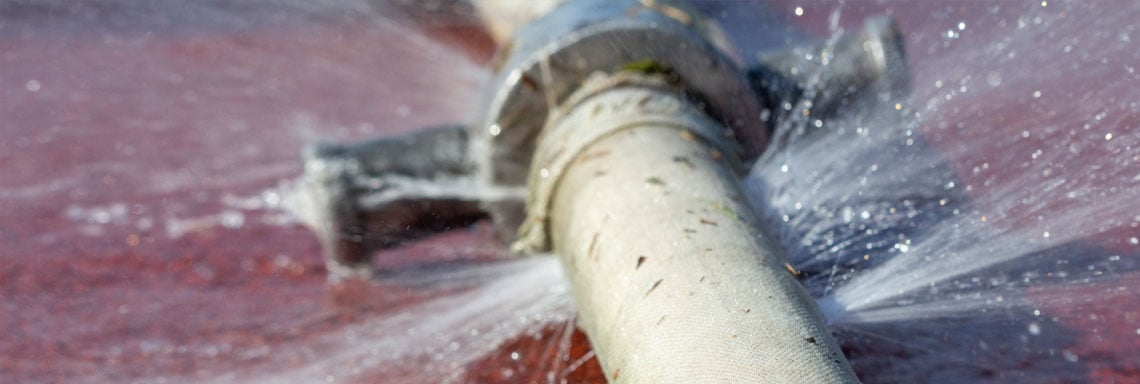The author is making a few good pointers related to How to install a dishwasher safely as a whole in the content down the page.

A burst pipeline is a significant emergency; you can just stand as you see water you pay dearly to rejoin with the planet. In worse situations, you see a swimming pool on your kitchen floor, which is a wonderful trip danger, specifically if you have children around. If the pipe that ruptured remained in your walls, problem: you might require to paint that entire section.
Exactly how can a catastrophe like a ruptured pipe be stopped as well as handled? Well, by paying attention to your professional emergency plumbing technicians as well as adhering to these regulations.
Just how do I recognize when my pipes have ruptured?
Fluctuating water pressures
Pipelines do not simply burst in a day. You might have noticed that your kitchen tap or shower does not run quickly when you transform the tap. It might pause for a couple of seconds and then blast you with more force than normal.
In various other circumstances, the water might appear typical initially, after that decrease in stress after a couple of secs.
Contaminated water
Lots of people assume a burst pipe is a one-way outlet. Quite the contrary. As water flows out of the hole or laceration in your plumbing system, pollutants discover their way in.
Your water may be polluted from the source, so if you can, inspect if your water storage tank has any type of issues. However, if your drinking water is provided and also detoxified by the local government, you need to call your plumber quickly if you see or scent anything amusing in your water.
Puddles under pipelines as well as sinks
When a pipe bursts, the outflow forms a puddle. It may show up that the pool is expanding in dimension, as well as regardless of how many times you mop the puddle, in a couple of mins, there's another one waiting to be cleaned. Often, you might not be able to trace the puddle to any kind of noticeable pipes. This is a sign to call a professional plumber.
Damp wall surfaces as well as water stains
Prior to a pipeline bursts, it will leakage, the majority of times. If this relentless leaking goes unnoticed, the leakage might graduate into a vast wound in your pipe. One very easy means to avoid this emergency is to look out for damp wall surfaces ad water discolorations. These water spots will lead you right to the leak.
Untraceable trickling noises
Pipeline ruptureds can occur in the most undesirable locations, like within concrete, inside walls, or under sinks. When your house goes silent, you may have the ability to hear an annoyingly relentless trickling noise. Even after you have actually inspected your shower head as well as cooking area faucet, the dripping might continue.
Dear viewers, the leaking might be originating from a pipe inside your wall surfaces. There isn't much you can do regarding that, except inform a professional plumber.
Turn up the Warmth
Set up followers to blow warm into chilly spaces. Keep the garage door shut. If you have lowered water flow, warmth the most at risk pipes (usually in cellars and crawl spaces or near outside walls) with a hair clothes dryer. Leave the faucet on while you use warm. As you thaw ice, the flow will certainly enhance. To prevent pipelines from freezing, protect your walls.
Begin Getting Rid of the Water
Get hold of the mop, containers and also a shop vacuum cleaner to start to do away with the water because you definitely do not want it saturating into every little thing else in your house. Plus, a fast clean up will lower the chances of something obtaining moldy.
What do I do when I find a ruptured pipe?
Your water meter will remain to run even while your water wastes. To lessen your losses, locate the major controls as well as transform the supply off. The water mains are an above-ground framework at the edge of your property.
How to Fix & Detect a Leaking Pipe
How Do I Know if a Pipe is Leaking?
Leak detection tests can help you determine if your pipe has a leak. Even if you don’t see an apparent leak, you should still conduct leak detection tests regularly to save water and money—and prevent major damage to your home.
Water meter. It can be helpful to figure out what your usual water meter usage numbers are and then monitor them regularly. To monitor your meter, first, turn off all water faucets in your home. Check the meter and write down the numbers. In a few hours, check the meter again. If the numbers have changed, you have a leak. Water gauge. Use a water gauge to test your water pressure. Your showerhead should produce a certain amount of water pressure based on its model and design. If the pressure is lower than it is supposed to be for that specific showerhead, your home likely has a leak. Puddles. Look inside your bathroom, laundry, and kitchen sink cabinets. Puddles around the cabinets or around toilets, tubs, showers, and washing machines indicate the presence of a leaking pipe. You may also notice loose tiles, peeling or flaking paint, or mold caused by water accumulation. Napkin test. Even if you don’t see any puddles, you may still have a leak. You can test for water leaks in the bathroom, laundry, and kitchen by wiping below-sink connections with a napkin, paper towel, or piece of toilet paper. If it becomes damp, you probably have a leaking pipe under the sink. Discolored walls. Walls that are discolored—usually with brown or yellow stains—or bulging might mean that they have been impacted by water damage caused by a leaking pipe. Smell. A leaky pipe will create sitting water, and over time, that water may develop a musty smell. If your home smells musty, but you can’t locate the source, it may be due to a leak. Steps for Fixing a Leaking Pipe
A leaky drain can be remedied by tightening the pipe base, replacing the drain seal, caulking the rim, and tightening the pipe nut. Similarly, a leaking toilet pipe can be treated by tightening the packing nut. You may also need to replace the valve. A leaky faucet may just need tightening or replacement of the washers. If that doesn’t work, consider replacing your faucet. If your pipe has a hole in it, you may want to use a pipe leak sealer or pipe leak tape. This quick fix for water pipe leaks can also temporarily fix a copper pipe leak. https://www.ahs.com/home-matters/quick-tips/how-to-tell-if-pipes-are-leaking/

We hope you liked our topic on How to Prepare for Your Dishwasher Installation. Thanks for taking a few minutes to read through our blog. Do you know another individual who is serious about How to Install and Connect a New Dishwasher? Why not share it. Many thanks for your time. Come back soon.
Book My Estimate